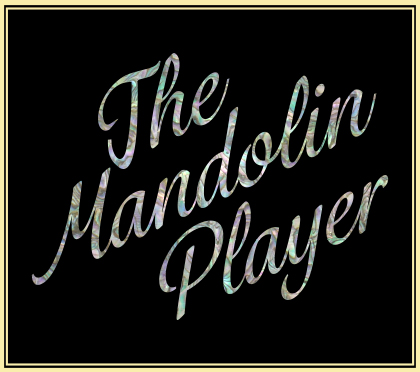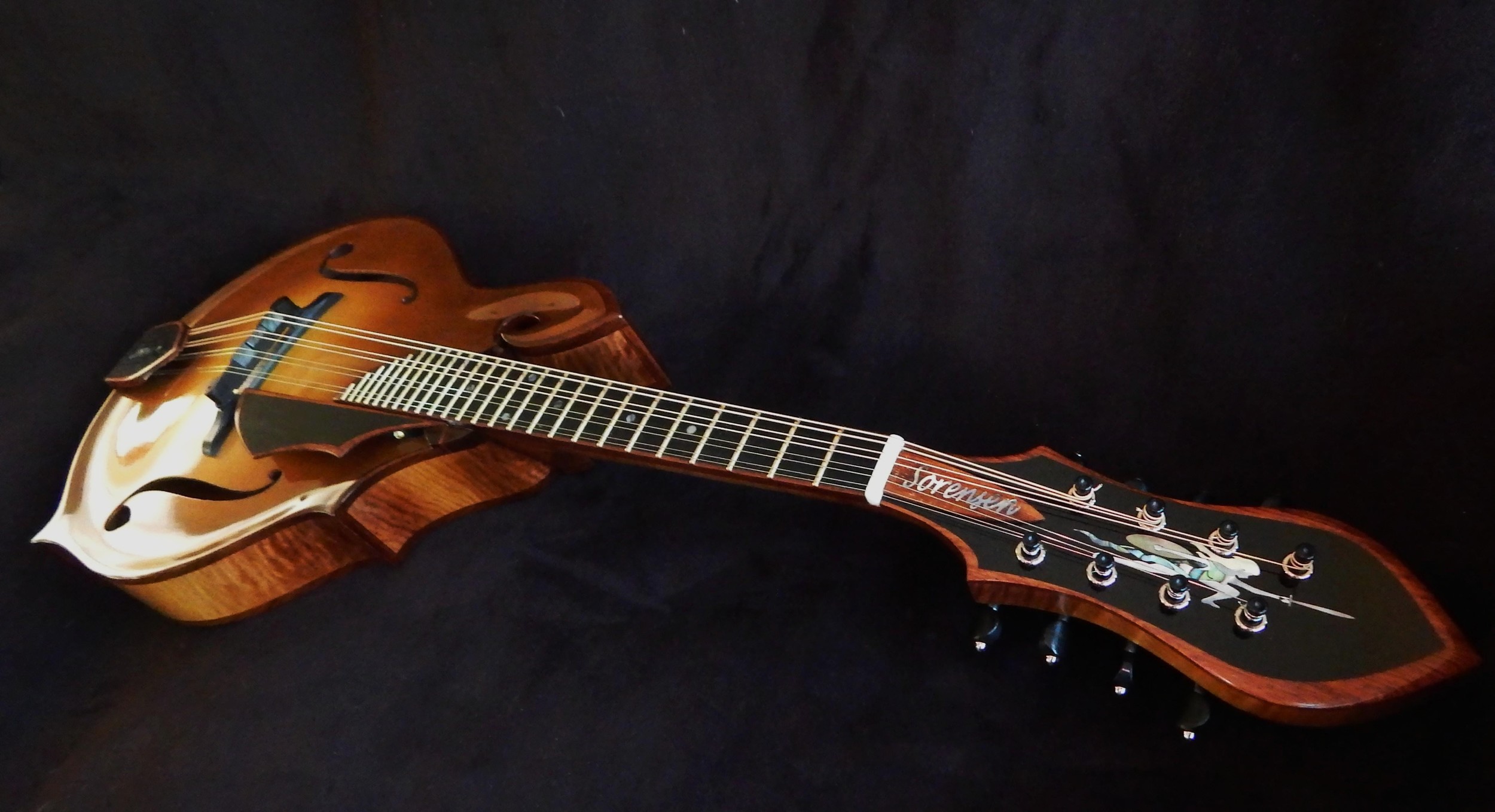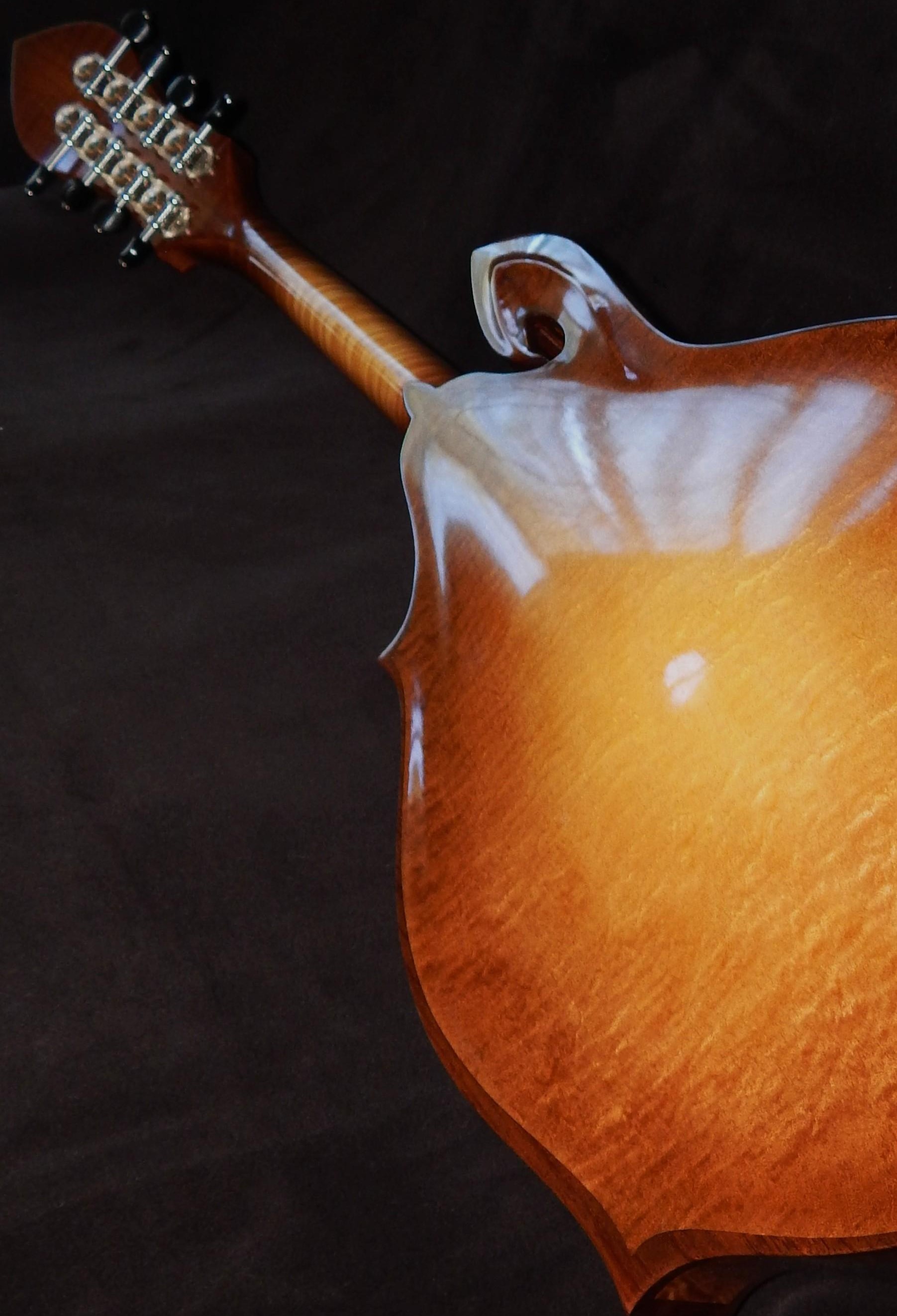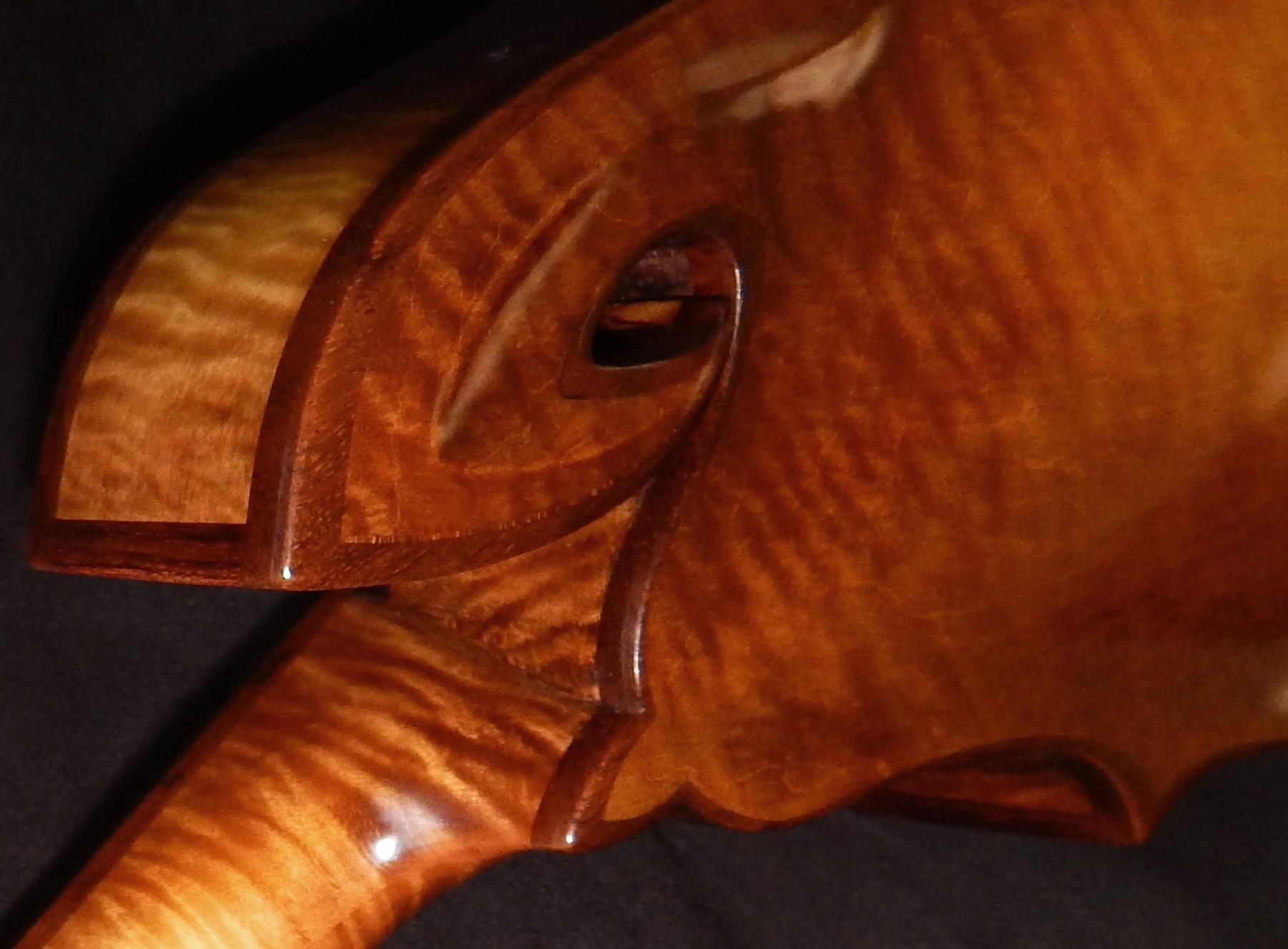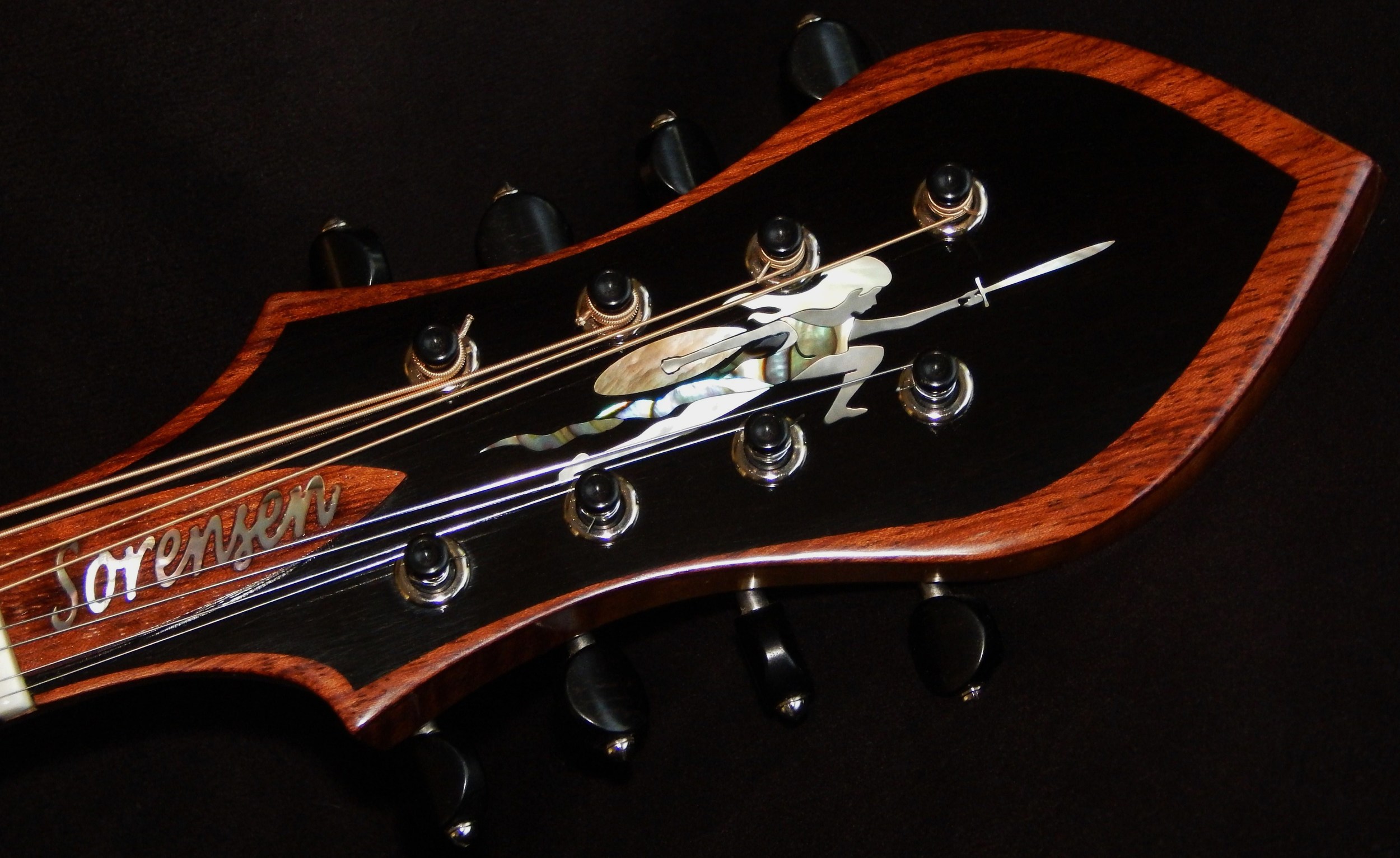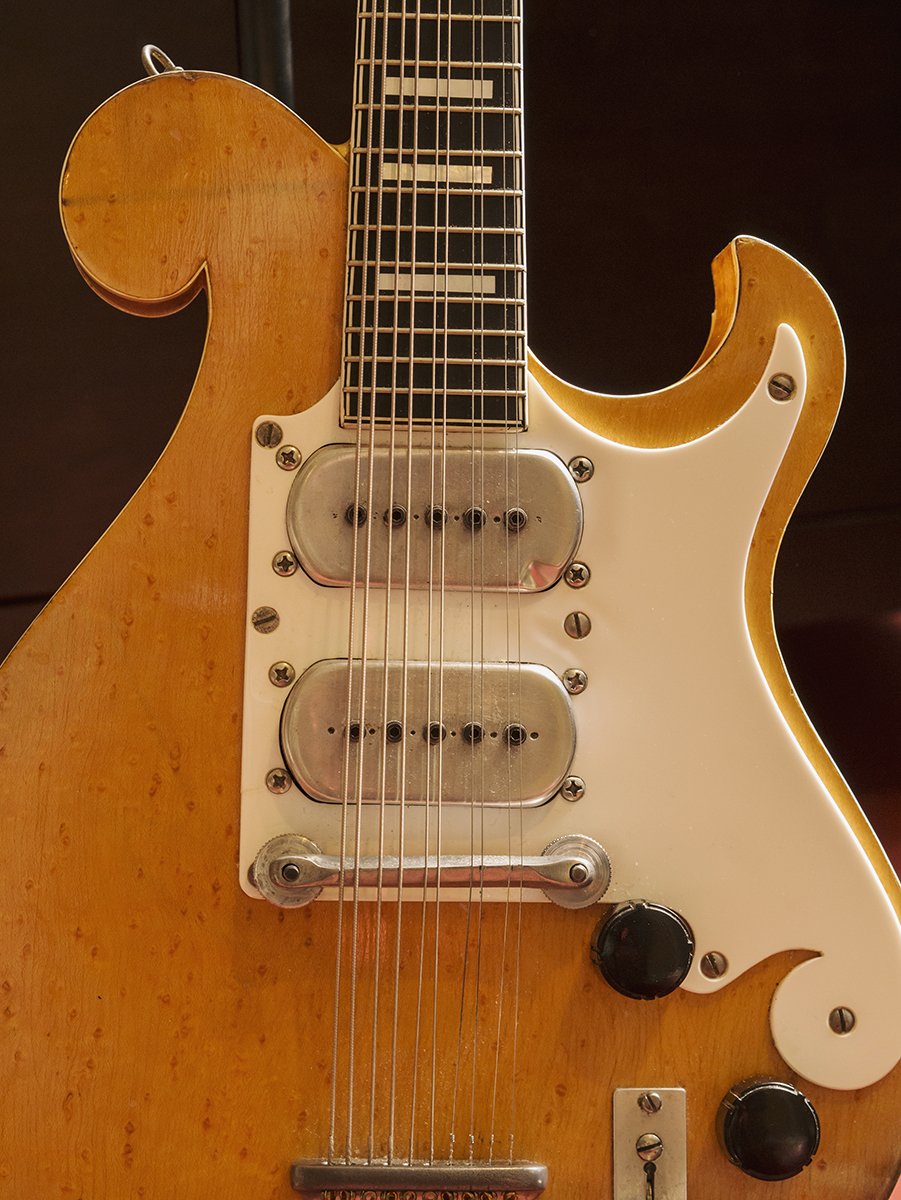New Builder: Matt Ruhland
/Matt Ruhland's latest batch of F5 mandolins.
I recently ran across a new builder in my hometown of Portland, Oregon, by the name of Matt Ruhland. Matt started building mandolins around two years ago. He used to call Memphis home, but moved to Portland a while back. He has spent time as a carpenter doing construction work and more recently has been working as a bartender. The idea of a career that he could do at home on his own terms really appealed to him, so he began to brainstorm some possibilities.
At first, he considered making custom furniture, but his room mate suggested that maybe mandolins were the way to go. They were small, didn't use a lot materials, and sold for a decent amount. Matt also plays banjo in a a local bluegrass band, so he was familiar with the instrument. And just like that, he went for it. He's up to mandolin number 11 and is just starting on his next batch of five or six more.
I've seen many examples of mandolins from new builders and Matt's rate very high. His fit and finishes are way better than average, though they definitely still have a handmade look. But it's his sound that really stands out. His mandolins have a depth and presence that shines far more than they honestly should at this stage in his career. I've heard far more expensive mandolins that sound tight and closed-up when new, but Matt's are open, loud, and resonant. They sound like they are already played in. And to my ears, they sound better than several small factory instruments I could name, but I won't. His mandolins sound like they were built by someone who's built 30 or 40 mandolins, instead of just 11.
The maple that Ruhland used here has both bird's eye and flame; an unusual combination!
It's hard to say where someone like Matt will go from here, but as a new mandolin builder, he's off to a great start. And honestly, at $3000 each, this is probably as low a price as you will ever see them. Matt Ruhland doesn't have a website yet, so getting in touch with him isn't easy, but if you are interested in speaking with him, email me and I'll pass along his contact information. Matt is definitely someone to watch.
